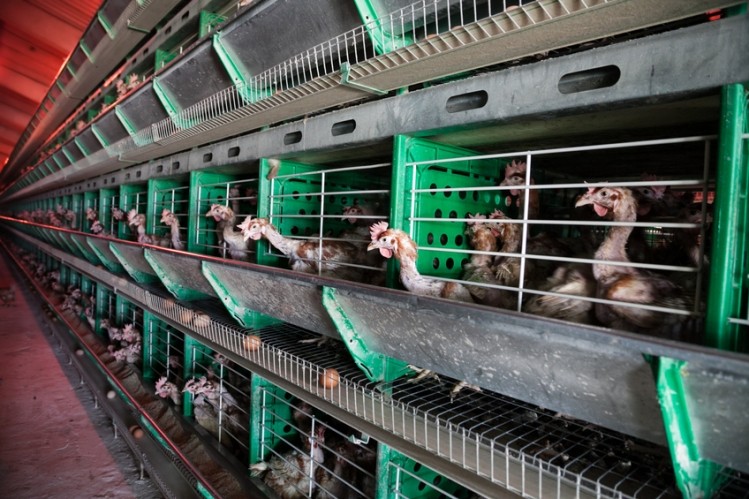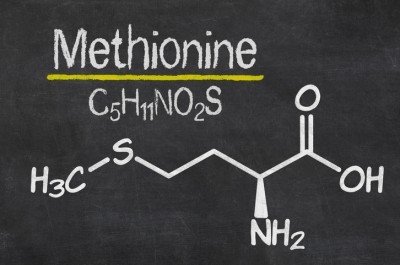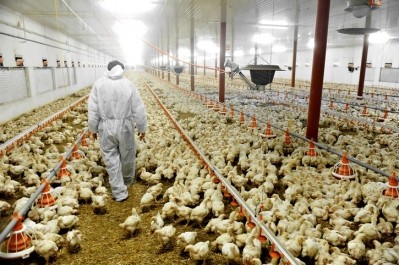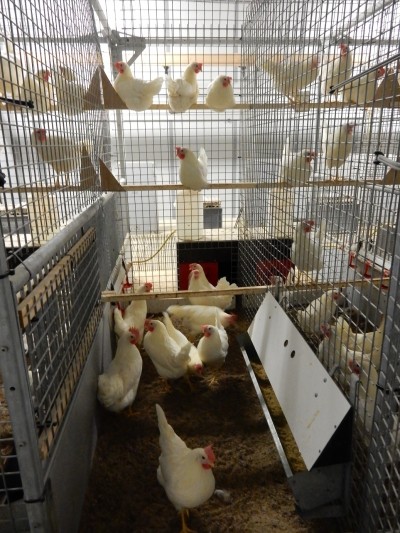Adisseo enzyme shows efficacy in layers: EFSA

In findings published this week, the European Food Safety Authority (EFSA) determined the enzyme could be beneficial for laying hens.
In previous assessments on the enzyme, EFSA had evaluated its efficacy in chickens and turkeys for fattening and concluded that the additive is efficacious at 1,100 U xylanase and 760 U glucanase per kg feed.
The finding was extended to chickens reared for laying and turkeys reared for breeding and it was extrapolated to minor poultry species for fattening or reared for laying/breeding.
But Adisseo, this time around, submitted studies, comprising one-short term trial and two long term trials, in laying hens, in order to support the efficacy for laying birds.
And EFSA concluded: “The addition of the additive at the recommended dose increased the metabolisable energy content of the diets in one trial and the performance of the hens in two trials. Therefore, the FEEDAP Panel concluded that the additive has the potential to be efficacious in laying hens at the recommended dose.”
In order to support the safety for laying animals, the company also submitted a tolerance trial in laying hens, with EFSA finding the additive to be safe for laying hens at the recommended dose. "The safety established in laying hens is considered to apply also to breeding hens and can be extrapolated to minor poultry species for laying," added the Parma based agency.
The EU risk assessor said the additive is safe and efficacious for all poultry species at the recommended inclusion levels.
Adisseo, a subsidiary of China National BlueStar, claims the product's efficacy is explained by the presence of arabinofuranosidases (ABFs), a kind of debranching enzyme. "These enzymes work synergistically with xylanases to efficiently break down complex fiber structures in plant cell walls. By removing hampering branches from these fibers, these enzymes open room to allow the xylanases access to the backbone of the fiber chain, greatly boosting their efficacy," it added.








